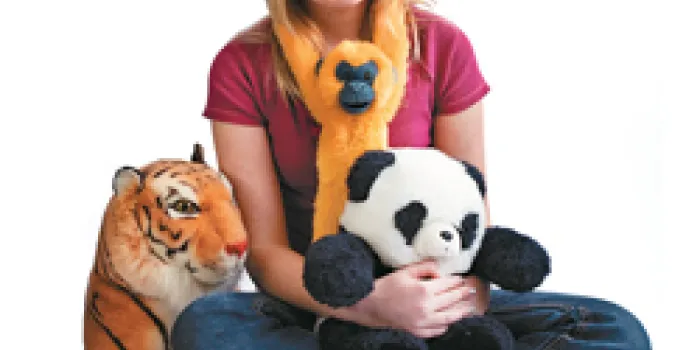In each issue of HemAware, we “Take 5” with people in the bleeding disorders community and spotlight their accomplishments with just five questions. This month, HemAware met Kali Woldt, 12, of Weston, Wisconsin, who was diagnosed with type 2 Glanzmann’s thrombasthenia, a very rare blood platelet disorder, when she was three years old. Since then, her family has been involved with the Great Lakes Hemophilia Foundation, an NHF chapter in the Milwaukee area. Kali raised $280 during a recent fundraising event at the Milwaukee Zoo and traveled to Washington, D.C., to petition Congress for more funding of hemophilia treatment centers. Her discussions on Capitol Hill with Sen. Herb Kohl (D-WI) and Rep. Dave Obey (D-WI) persuaded legislators to budget $866,000 to help those in Wisconsin with bleeding disorders.
Why are volunteering and fundraising for those in the bleeding disorders community so important for you?
When you raise money, you know you’ve done something good. And when you do something good, it always comes back to you. Donating money to hemophilia treatment centers can help pay for medicines. Medicine can be so expensive! And for some families, it’s difficult to afford. So donating the money helps other kids get the medication they need. It’s a really good feeling. Besides, fundraising is fun and you get to meet a lot of new people, too.
Describe the fundraising event you held.
We held our event at the Milwaukee Zoo because I thought it would be fun and something different. We had lots of fundraising games and asked for donations from people. Then we went and visited the animals in the zoo.
You went to Washington, D.C., last March. How was your trip?
It was so much fun! I met with the congressmen and gave demonstrations. In one of the demonstrations, I lined up dominos with pictures of kids with bleeding disorders on them. I got to explain that the dominos represent blood cells and if you’re missing one, or when you’re missing your platelets, they don’t clot where you’re bleeding. I think they were really impressed.
What’s the biggest challenge that young people with bleeding disorders face?
I think the biggest challenge is just being different. In gym class, there are certain sports you can’t do and you have to sit out. And sometimes you get bruised, and kids are always asking you what happened. You always have to say the same thing and explain it over and over.
Any advice you can give other kids with hemophilia?
I would say that the hard times will get better and to see it through. There are a lot of difficult challenges when you have a bleeding disorder, so just always look at the positives and know it will get better.

